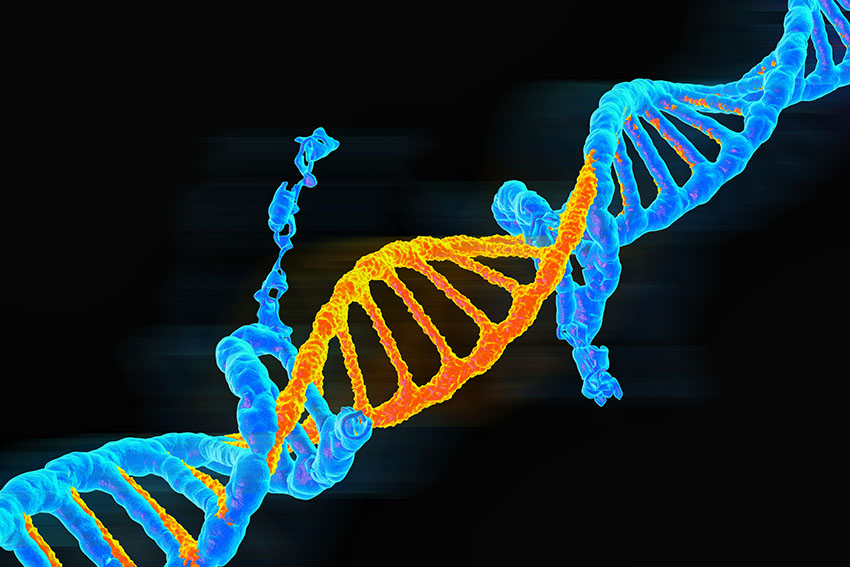Leukodystrophy: Symptoms, Causes, Treatment
What are the symptoms of leukodystrophy?
Leukodystrophy is a group of rare genetic disorders that affect the brain and nervous system, characterized by the progressive breakdown of the white matter (myelin) in the brain. The symptoms of leukodystrophy can vary depending on the specific type of disorder, but common symptoms include:
- Cognitive decline: Difficulty with thinking, learning, and problem-solving, including memory loss, confusion, and difficulty with abstract thinking.
- Motor skills impairment: Weakness, clumsiness, and difficulty with coordination, balance, and movement.
- Seizures: Seizures can occur in some cases of leukodystrophy, particularly in the early stages of the disorder.
- Vision problems: Difficulty with vision, including blurred vision, double vision, or loss of vision.
- Hearing loss: Gradual loss of hearing or difficulty with hearing.
- Speech and language difficulties: Difficulty with speaking, reading, and writing, including slurred speech, stuttering, or difficulty with word-finding.
- Emotional and behavioral changes: Mood changes, irritability, anxiety, depression, and other behavioral changes.
- Fatigue: Chronic fatigue is common in people with leukodystrophy.
- Muscle weakness: Muscle weakness and wasting can occur in people with leukodystrophy.
- Loss of coordination: Difficulty with balance and coordination can occur in people with leukodystrophy.
- Progressive weakness: Gradual weakening of muscles over time can occur in people with leukodystrophy.
- Loss of bladder control: Incontinence or difficulty with bladder control can occur in people with leukodystrophy.
- Loss of bowel control: Incontinence or difficulty with bowel control can occur in people with leukodystrophy.
- Sleep disturbances: Sleep disturbances, including insomnia or excessive daytime sleepiness, are common in people with leukodystrophy.
It’s important to note that leukodystrophy is a rare condition, and the symptoms may vary depending on the specific type of disorder. If you suspect that you or a loved one may have a leukodystrophy, it’s essential to consult with a healthcare professional for a proper diagnosis and treatment plan.
What are the causes of leukodystrophy?
Leukodystrophy is a group of rare genetic disorders that affect the brain and nervous system, characterized by the progressive breakdown of the white matter (myelin) in the brain. The causes of leukodystrophy can vary depending on the specific type of disorder, but some common causes include:
- Genetic mutations: Leukodystrophy can be caused by mutations in genes that code for proteins involved in myelin synthesis, maintenance, or repair.
- Defects in myelin metabolism: Defects in the metabolism of myelin components, such as galactocerebroside or sulfatide, can lead to leukodystrophy.
- Environmental factors: Exposure to certain toxins, such as pesticides or heavy metals, may contribute to the development of leukodystrophy.
- Infections: Certain infections, such as viral or bacterial infections, may trigger the development of leukodystrophy.
- Nutritional deficiencies: Deficiencies in certain nutrients, such as vitamin B12 or copper, may contribute to the development of leukodystrophy.
- Metabolic disorders: Certain metabolic disorders, such as Fabry disease or Gaucher disease, may increase the risk of developing leukodystrophy.
Some specific types of leukodystrophy and their associated causes include:
- Adrenoleukodystrophy (ALD): This is a X-linked recessive disorder caused by mutations in the ABCD1 gene, which codes for a protein involved in the transport of fatty acids across the blood-brain barrier.
- Krabbe disease: This is a rare genetic disorder caused by mutations in the GALC gene, which codes for an enzyme involved in the breakdown of galactocerebroside.
- Metachromatic leukodystrophy: This is a rare genetic disorder caused by mutations in the ARSA gene, which codes for an enzyme involved in the breakdown of sulfatide.
- Leukodystrophy with hypomyelination: This is a rare genetic disorder caused by mutations in the genes involved in myelin synthesis and maintenance.
- Leukodystrophy with brain iron accumulation: This is a rare genetic disorder caused by mutations in the genes involved in iron metabolism and transport.
It’s important to note that leukodystrophy is a rare condition, and most cases are caused by genetic mutations. If you suspect that you or a loved one may have a leukodystrophy, it’s essential to consult with a healthcare professional for a proper diagnosis and treatment plan.
What is the treatment for leukodystrophy?
Leukodystrophy refers to a group of genetic disorders that affect the white matter of the brain, known as the myelin. These disorders result in the progressive degeneration or loss of myelin, which can lead to neurological problems. Treatment for leukodystrophy focuses on managing symptoms and providing supportive care, as there is currently no cure for most forms of the condition. Treatment options may include:
- Medications: Certain medications may be used to manage symptoms such as seizures, spasticity (muscle stiffness), and pain.
- Physical Therapy: Physical therapy can help maintain muscle strength and mobility, improve coordination, and prevent contractures (shortening of muscles).
- Occupational Therapy: Occupational therapy can help improve daily living skills, such as dressing, feeding, and hygiene, and provide assistance with adaptive devices.
- Speech Therapy: Speech therapy can help improve communication skills and address swallowing difficulties that may occur in some forms of leukodystrophy.
- Nutritional Support: In some cases, nutritional support, such as a feeding tube, may be necessary to ensure adequate nutrition and hydration.
- Assistive Devices: Devices such as braces, splints, or wheelchairs may be used to assist with mobility and improve quality of life.
- Pain Management: Pain management techniques and medications may be used to help alleviate pain associated with leukodystrophy.
- Monitoring and Support: Regular monitoring by a healthcare team, including neurologists, genetic counselors, and other specialists, can help manage symptoms and provide support to families affected by leukodystrophy.
Treatment for leukodystrophy is typically individualized based on the specific form of the condition, the severity of symptoms, and the individual’s needs. It’s important for individuals with leukodystrophy to work closely with their healthcare team to develop a comprehensive treatment plan.




